Unlock Expert Advice with Zero Commitment.
We’ve Eliminated the Barriers.
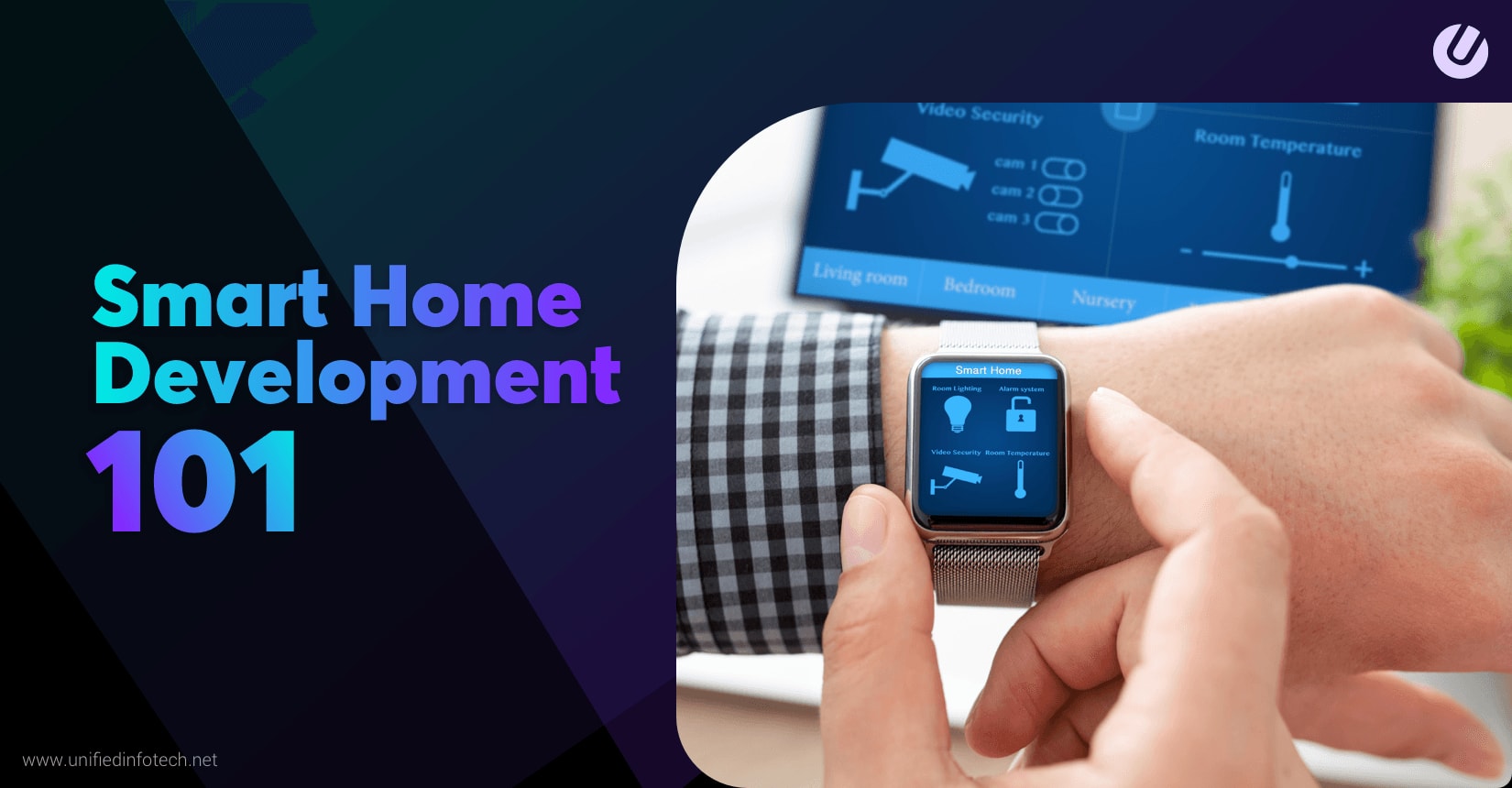
It is a fast-paced life we are living, and this high-speed life can often be lonely. But imagine coming back to your house, and already having the lights on, your evening tea brewing, and your favorite song being played on the speaker.
Life doesn’t seem that lonely anymore, does it?
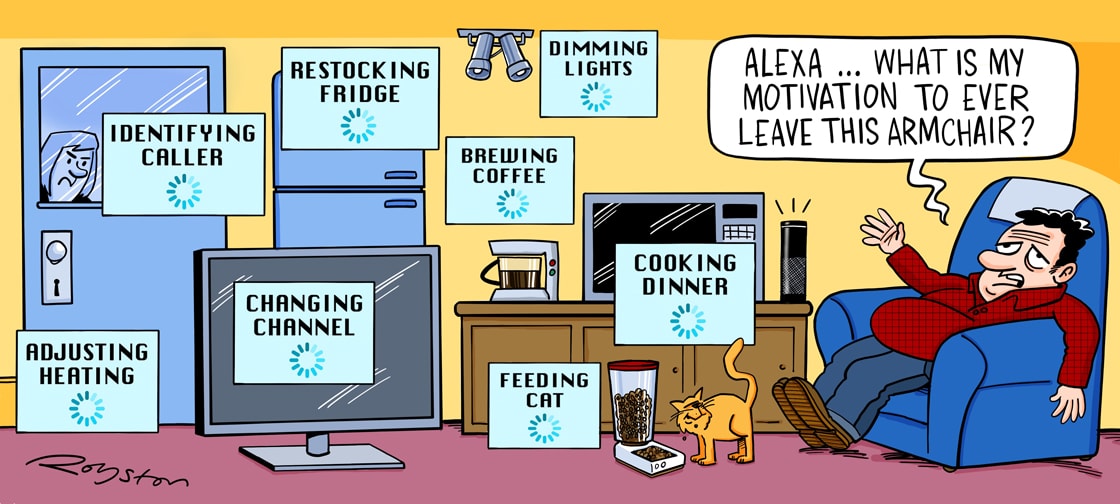
The emergence of IoT came with the promise of endless possibilities, and smart homes are one of them. The ability to control different aspects of our homes remotely has made our lives easier to live.
The multifaceted use of smart home apps and system are helping us to advance our lifestyle by leaps and bounds every day.
With this article, we are going to talk about smart home systems, what they are, how the market scope looks like and ultimately, how we approach smart home app development. So without further ado, let’s get started.
Developing a smart home system is different than developing a normal smartphone app. Here are the steps involved:
Lets’s talk about these in detail.
The theory of smart home technology has been around for a long while, though the practical concept has been in practice since early 2000. During this time smart home devices became more affordable thanks to the emerging technology. Due to affordability, wide adaptation became possible, paving the way for better enhancement in the technology.
The first-ever fully automated smart home was created by Emin Mathias in Jackson, Michigan in the USA. his home came to be known as the Push Button Manor. At this house, everything from the curtains to the dressing table lights was controlled by remotes. It was the only home in 1950 that reached a complete state of automation. Sadly though, Mathias never put his system up for sale in the market.
The only mention-worthy attempt among them is the Microsoft home in 1990. It might not have been perfect, but with a home barcode scanner, and a time-shift TV, it came close to the development of smart homes.
But how is the market doing now?
Is it worth developing smart home automation app?
Let’s look at the market before we get to talking about smart home system development.
The increasing affordability and availability have helped the smart home market to grow exponentially. But how much has this market grown? And what is the expected growth for smart home technology?
According to the below chart, all smart home market segment except for video entertainment is going to see a double increase in worldwide shipment during 2018. It goes without saying that such growth means that the technology is only going to get more advanced. And hence, startups are looking for iOS app development company or someone who specializes in both Android and iOS to create smart home apps.
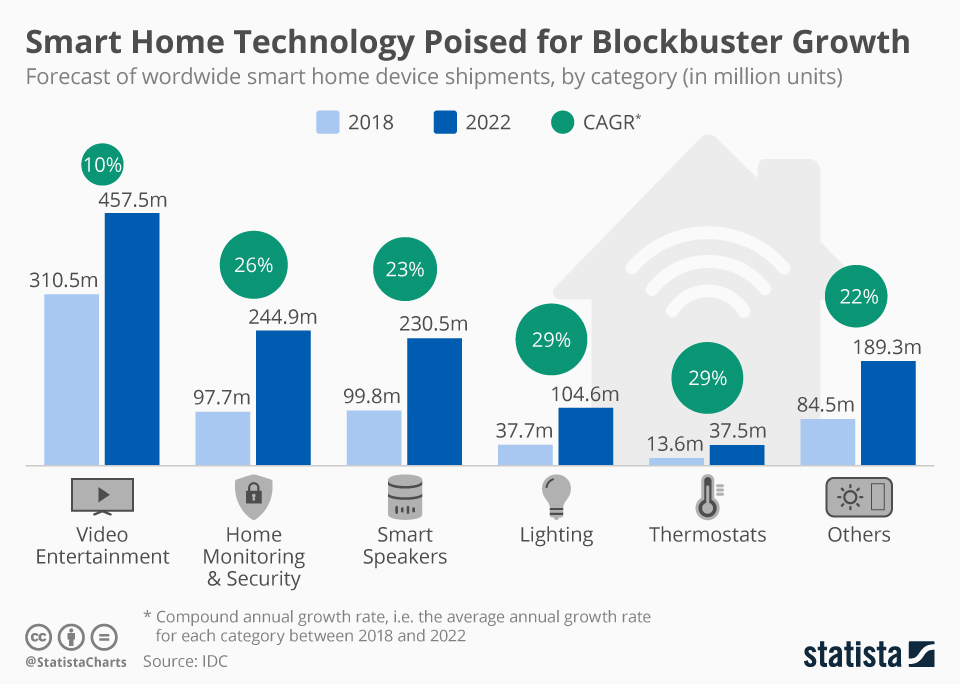
It is estimated that by the year 2022 the consumer spending on smart home devices is going to amount to $62.5 billion in North America alone. Currently, in the Asia-Pacific region, Japan is leading the smart home market thanks to its technologically advanced infrastructure. Europe is not far behind, with the popularity of smart home technology in UK growing to be 23.9% in the first quarter of 2019.
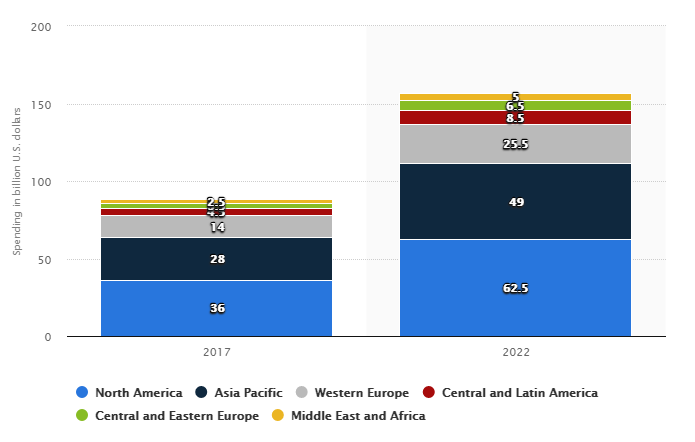
As technology advances throughout the years, it is going to become more beneficial to invest in it. And that’s why knowing about smart home development can help you a lot more than you think.
So what does it take to develop a smart home system? Let’s start the discussion.
First things first, for the successful smart home app development, you need to develop a smart home dashboard app which will enable the users to control their home automation system.
Whether you are choosing android home automation app development or iOS smart home app development, When it comes to smart home apps, there are two kinds – single-tasking, and multitasking.
A single-tasking smart home app is designed to control only one IoT device for smart home automation. With these apps, users can control only one smart home device.
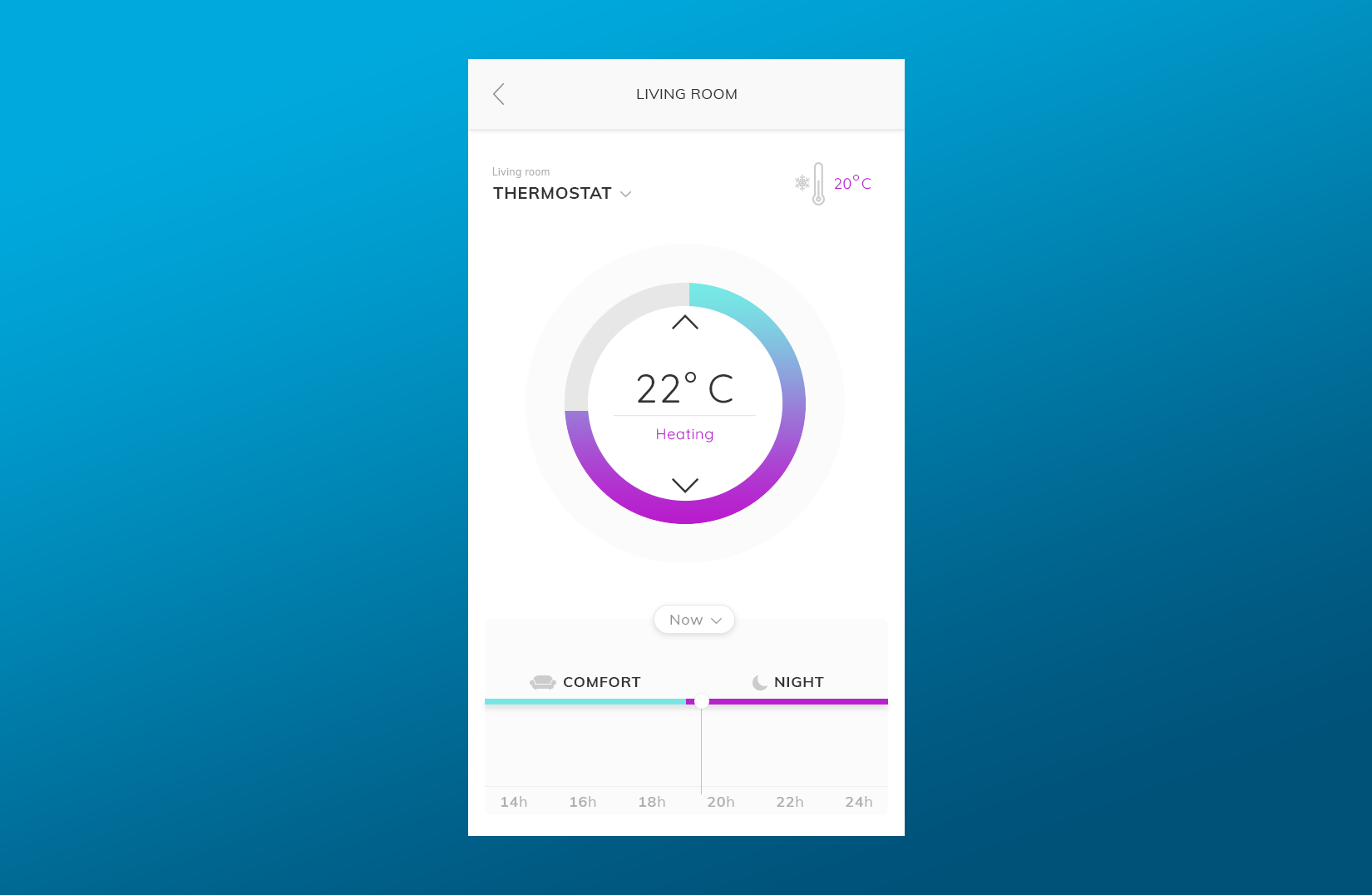
However, there is one problem with this solution- the users are not going to install more than one smart home devices at their home, creating a complex IoT environment. A single-tasking app would be able to control only one of the IoT devices. This means the users would have to install multiple apps, making things more complicated for them.
Still, there is one advantage, that is- developing a single-tasking app is easier than developing a multitasking app. It takes less time and resources, giving you a quick solution for your smart home system development.
Multitasking or universal smart home apps work with multiple smart home devices. Users can handle many smart devices simultaneously without any problems. Multitasking smart home apps offer perfect ease and efficiency to the users making them more popular.
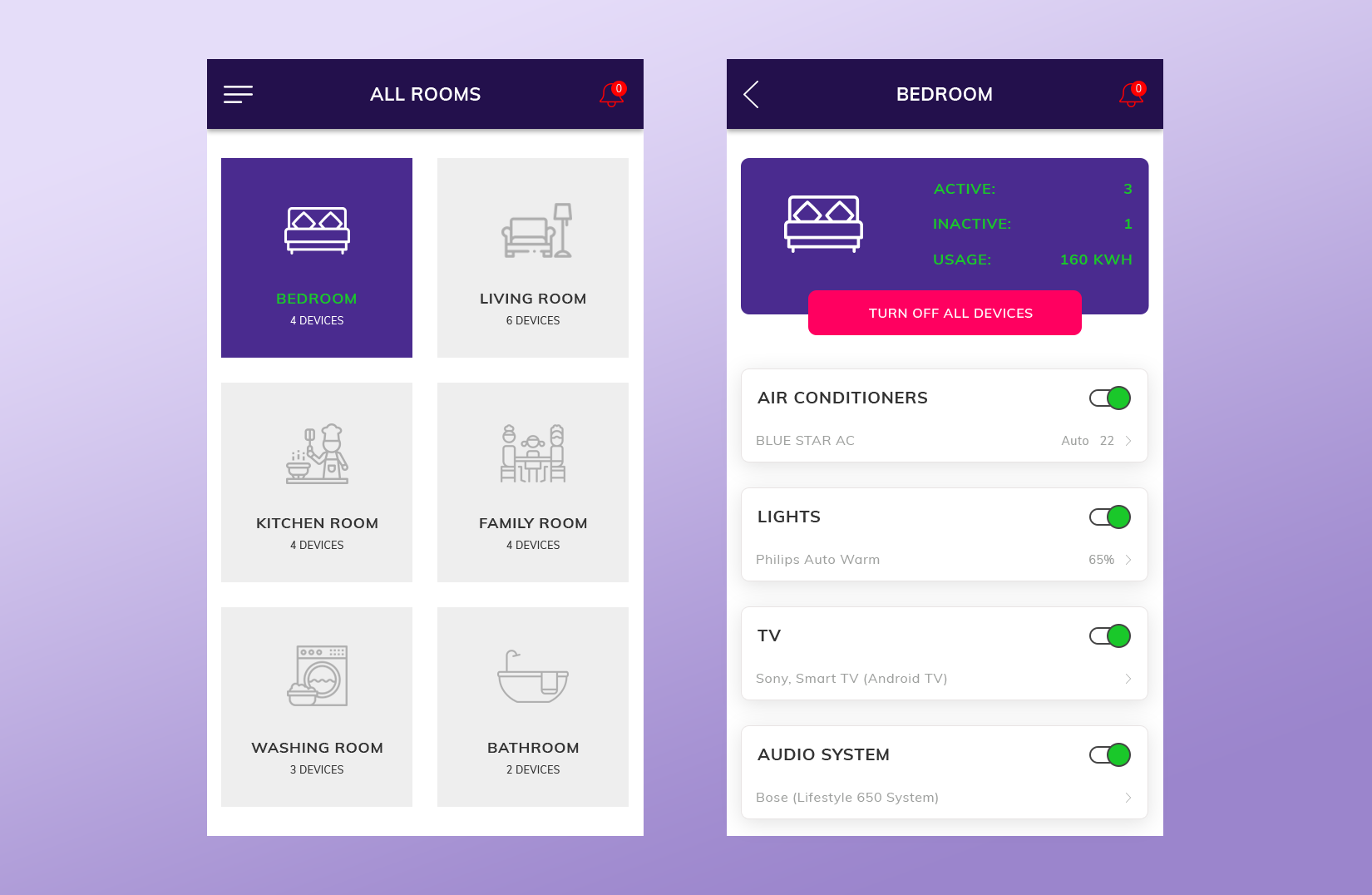
However, this approach needs more time, patience and resources to come to fruition. Want to check out the top smart home app for 2020 in both the category?
While some of these features can be a bit common, most are unique to smart home apps. Without these core features in your home automation app development, you can’t make your app work seamlessly with all your smart home devices.
In an ordinary app, you will be encouraged to give the users a chance to log in and sign up using social media sites like Facebook or Google account. But in the case of a smart home IoT app, you need to make sure that the data security of the user is not compromised at all.
And that’s why when integrating the feature of user registration in your smart home system app, do not include social media sign up feature. Make sure that the customer creates their own unique username and password to sign up for the system.
After the user has logged in, they need to be able to create their own profile. With this profile, they would be able to control all the systems, as well as be able to create specific schedules for home automation. Make the smart home interface seamless.
After creating a profile comes access configuration. This feature will help the users to create two kinds of profile for the home automation system – the admin profile with unlimited access to the device network and devices all around the house.
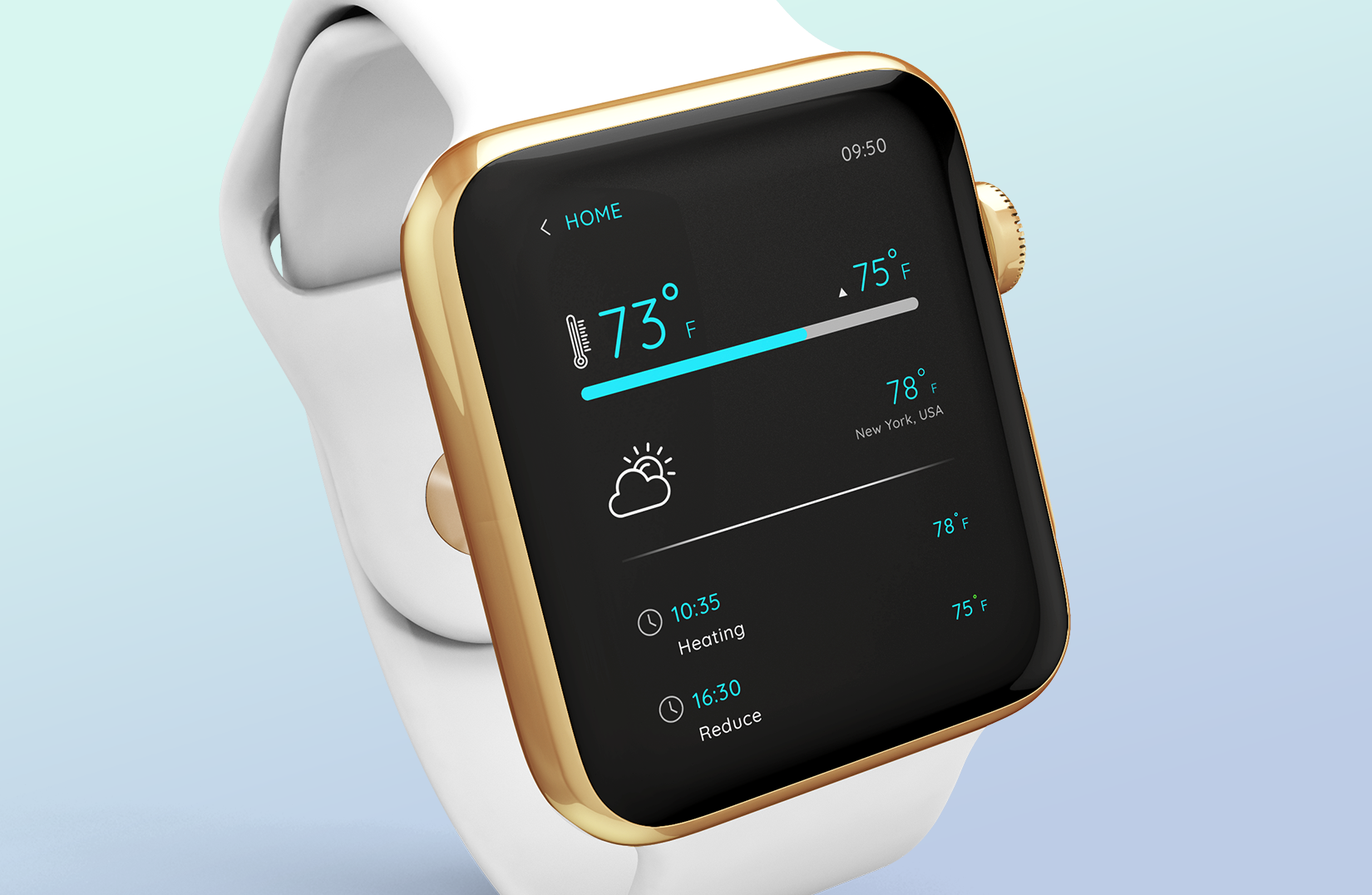
And then there is a limited user profile with limited access to all the features of the home automation system.
IoT apps can be a little complicated to handle. And that’s why you should add the feature of the on-boarding process. With this feature, users can learn their way through the app easily. Remember to keep the directions easy and quick, because the users want to get on with the app as soon as possible.
After the users have set up their profiles, they need to access the device & sensor page to start controlling the smart devices around their house.
This is going to be a page with a list of all the devices and sensors that are ready to be used. Through this page, the user would be able to turn smart home devices on and off along with controlling their settings as well.
This feature enables users to select one specific room, like smart home bedroom technology or for the smart home living room. And all the devices in that room to control it. This way rather than having to control specific devices one by one, they can easily control the smart home set up of one room simultaneously.
Push notification is not a mere feature for smart home applications, it is a must-have. This feature will enable users to know all about the happenings with their smart home systems. Notifications about any changes in temperature or device settings would be sent to the users, and they can take actions based on it. This feature is going to help the user control every aspect of their home life with smart home automation.
Consider this example – the user can create a scene for the morning. And when they wake up in the morning, they turn on the scene with a voice command, and the curtains open, lights turn off and the coffee maker starts to make coffee. This way they can make the most of home automation technology.
With the groups and scenes feature, the user would be able to group together certain devices, so that they can be controlled together. The user can also create different scenes specific to the time of the day.
There is an ongoing joke about IoT security. And that is-
The S in IoT stands for security.
Truly, the industry of IoT does lack security, and this can be especially dangerous for smart home devices. There are just too many unique threats a smart home system faces.
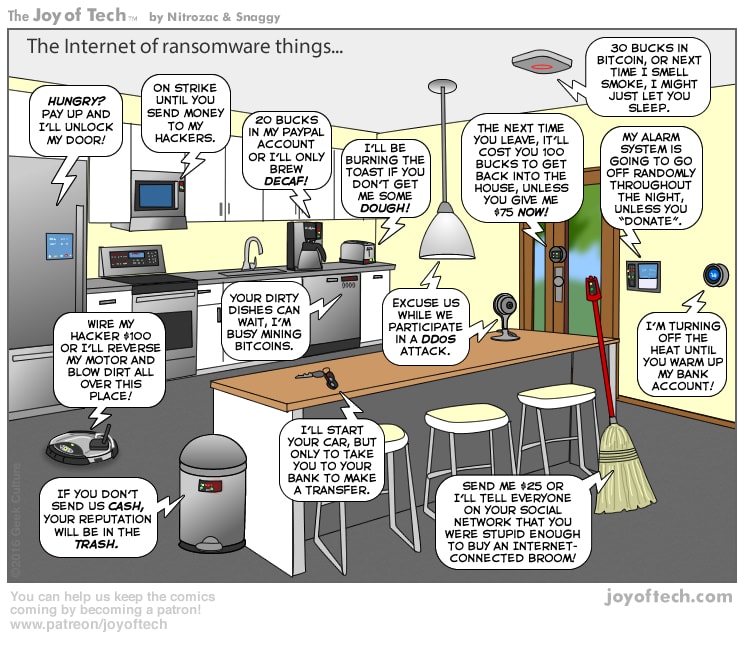
If you want to avoid being the butt of the security joke in the smart home IoT system, then you have to think about implementing security. And when you are thinking about integrating security, you need to follow the below directives-
Any person or the device must be authenticated by the admin before being able to interact with the smart home network. This way you can prevent hackers with malicious intents from hacking into the network and taking control of the system. In case you are wondering how to make android app for home automation, you just cannot miss this feature.
Smart home IoT deals with a lot of data and this data need to be protected. And that’s why you need to make sure that the data collected and transmitted by your smart home system is being encrypted.
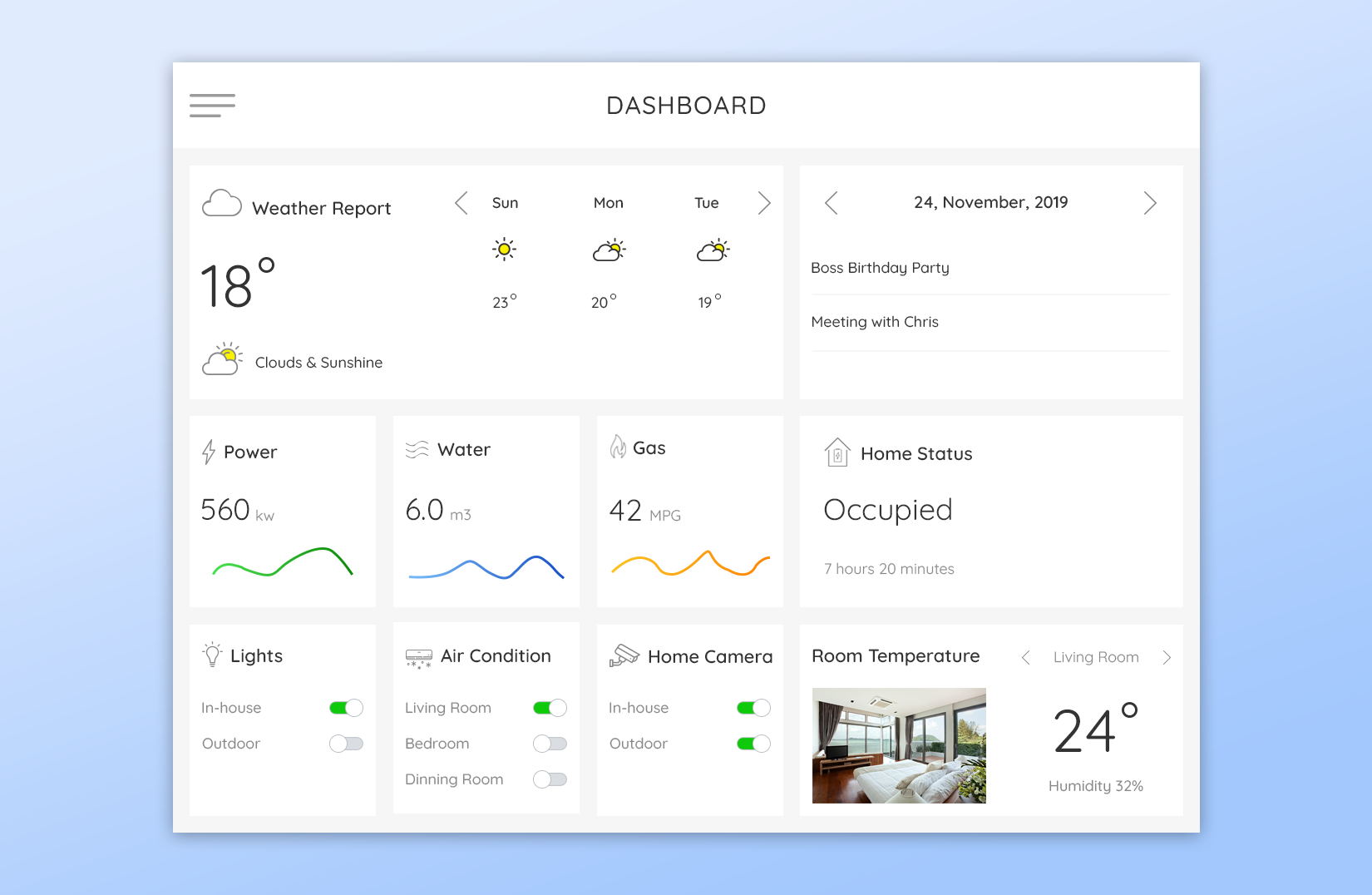
Otherwise, the plaintext data would be vulnerable and would be open to hackers with malicious intent.
Providing updates for smart home devices are hard since there is no way for the users to update the devices manually. And that’s why you need to create an over the air automatic update system, through which the devices will be updated automatically.
If you are using open source IoT libraries for smart home app development, then you must know they are susceptible to vulnerabilities. And that’s why you need to create a plan for the open-source library updates and continue it. Keep an eye on any published vulnerabilities in the open-source elements you might have used and keep on publishing security updates for any security issues.
When building a smart home system, security has to be integrated from the beginning. It can not be a secondary choice. As a developer, you must understand the security concerns of the user and the various threats they are facing to implement the solutions to those problems in the system from the beginning.
A home automation system functions by collecting and processing data. Your smart home system needs to store this data somewhere, and for that, you have two options.
with cloud storage, the data are stored in a cloud storage system, which can be accessed from anywhere anytime if the user has an internet connection. Another advantage of this system would be the ability to recover data even in the case of hardware/software failure.
in this case, the collected data is going to be stored on an FTP server or built-in memory storage. While this might seem like the safer alternative for data storage, it will also increase power and battery consumption, eventually compromising your device’s health.
Since it is being called a smart home system, there are bound to be multiple components to it.
To function seamlessly, smart home systems need a number of devices, all connected to each other through the home IoT network. These devices can be classified into three categories.
The central hub is the main device, the brain of the entire system.
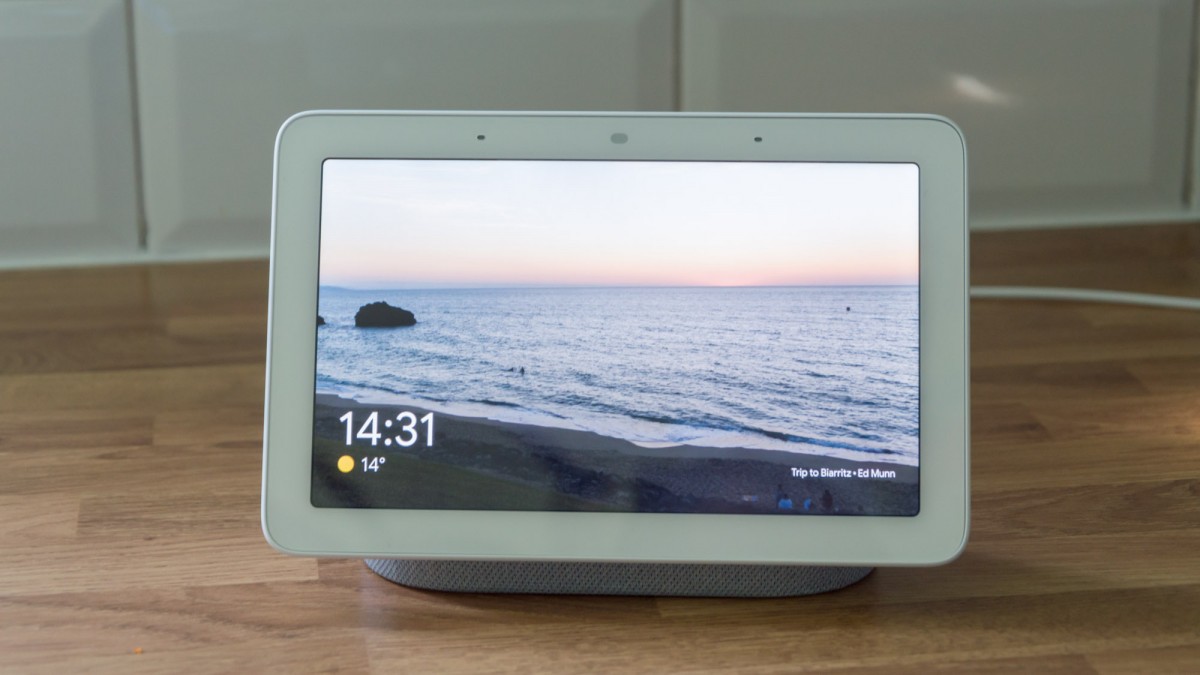
The central hub is a device that works as a smart home control panel and creates a connection between the smart home app and the rest of the devices. Make sure the mobile app development company in New York you choose is aware of it.
The smart home sensors are necessary devices that receive intel about the external conditions, such as the state of humidity and temperature around the house, water leakage features, motion sensors, etc.
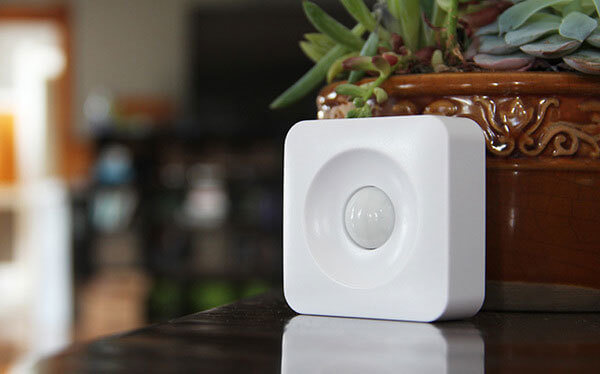
These sensors are used to detect problems around the house that needs to be fixed.
The actuators are the devices that are performing the actions you ask them to do. Such as the sprinkler system turning on when there is smoke, as well as the blinds closing themselves when you want them to close.
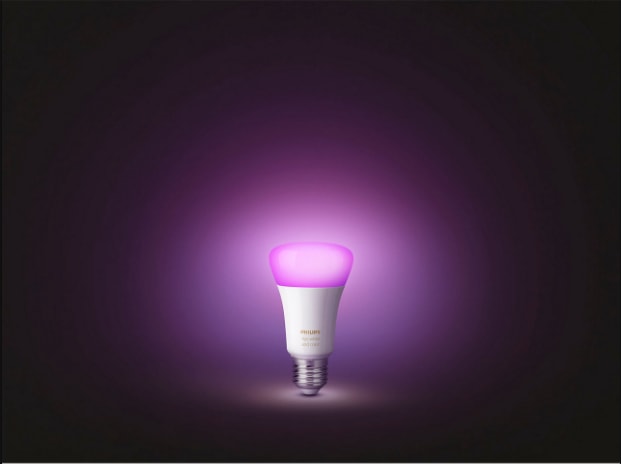
These three categories of devices together make up a smart home system. But how are they going to stay connected with each other and communicate? For that, they need a connectivity option, and you can choose one from several of them.
It is probably the best and most popular way of connecting the smart home devices to the gateway. Most devices today come with wifi compatibility, although it might burn too much battery and energy to run the devices on wifi all the time.
Developed by Zensys, Z-Wave is a mesh network that helps the home automation devices to connect to each other. With Z-wave, devices use low-energy radio energy, which ultimately saves battery and energy.
With Z-Wave, users get a large open-air operating range of 90 meters outdoors, and the operating range of more than 24 meters indoors.
The standard technology for exchanging data with a fixed mobile device, Bluetooth can be considered as one of the connectivity solutions for smart home IoT. with Bluetooth, users can easily control smart home devices from their smartphones and tablets.
With Bluetooth, users can save batter and energy because it is a low battery consuming connectivity technology.
Zigbee is one of the most convenient wireless protocols used for smart home automation. Most of the recent smart home devices are compatible with this connectivity protocol. However, Zigbee works at a 2.4GHz frequency, which is similar to WiFi and Bluetooth. Which is why there can be network interferences.
Now that we have discussed the smart home system components and connectivity options, it’s time to come down to the real issue at hand- how to develop a smart home system.
To develop a smart home system that will capture the market as well as become a user favorite is not easy, and we at Unified Infotech recognize this challenge. And that’s why when it comes to developing a home automation system, we follow a set of best practices.
Smart home technology is still relatively new to the users out there. And that’s why at the very beginning of smart home app development we make sure to clarify the use case of the system we are developing. The app and the device, what their function is going to be and how they are going to help the users at their home setting, clearing out this idea helps us to progress further into the development scenario.
When developing a home automation system, we begin with security. Providing a secure and efficient system for our clients is our main goal and our team of skilled mobile app developers makes sure we achieve it every time.
The market is saturated with home IoT devices. And that’s why we consider the matter of interoperability seriously. Choosing a smart home app development process that would work harmoniously with other smart home systems in the market is the key to providing ease of use to the users.
The smart home devices are collecting and transmitting a lot of data. And we make sure to analyze this data to understand how we can improve our smart home solutions for the maximum ease and comfort of our users.
When developing, we are not only thinking about the present but also about the future scalability of the product. We make sure to use technology and tech stack that would help us to better our products in the future.
So what’s the end word in smart home system development?
Even though technology is old enough, the implementation is experiencing a serious revolution. There may be many opportunities in the industry, but at the same time, there are many risks and challenges. The development process for home IoT systems is not as simple as developing ordinary smartphone apps. And that’s why you need to be careful going into the development process.
However, with enough research and experience, the development process for your smart home system can go smoothly. Make sure to follow the industry standards, and if you stumble upon any problems, feel free to contact us.
We’ve Eliminated the Barriers.
We stand by our work, and you will too.